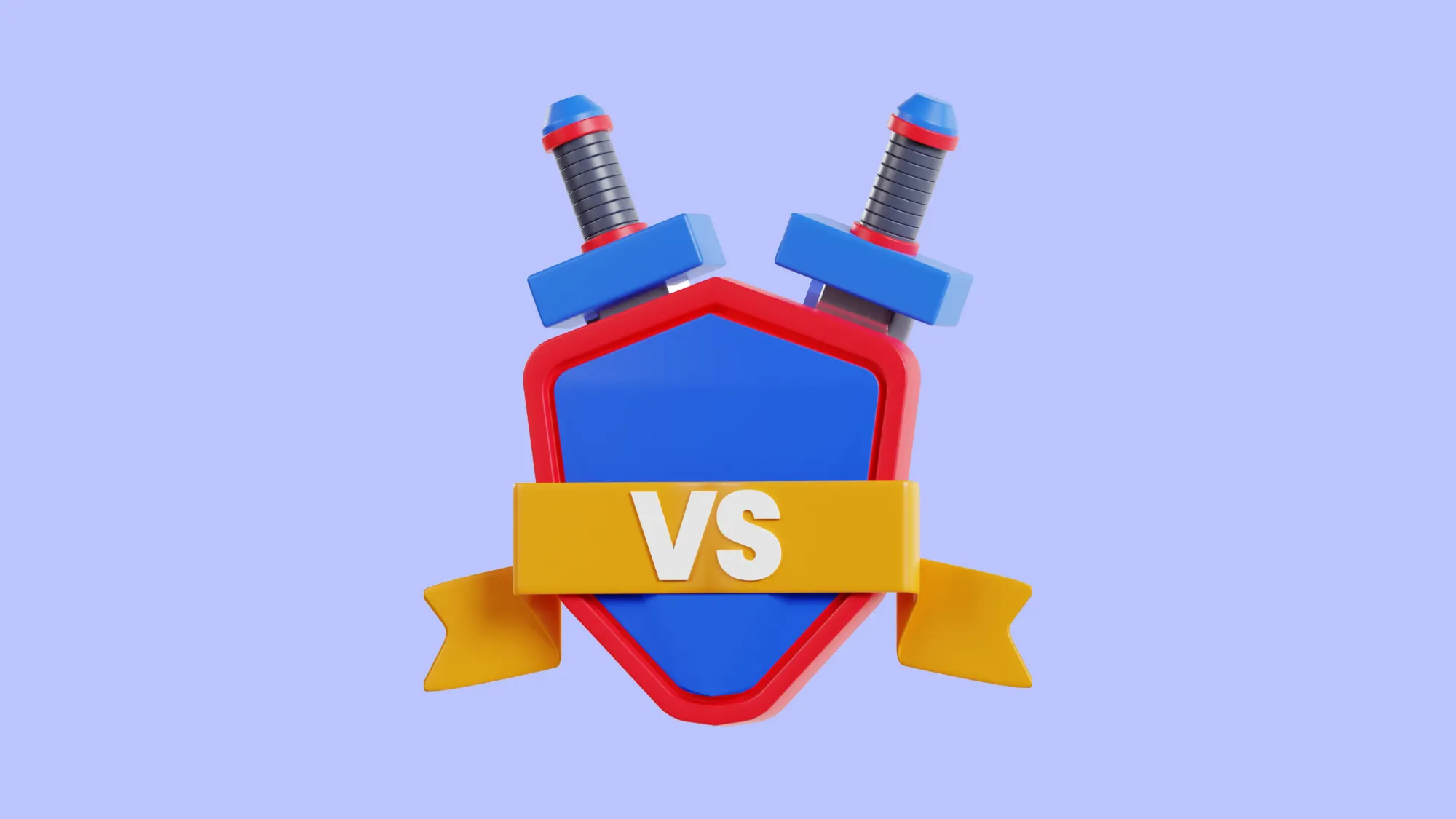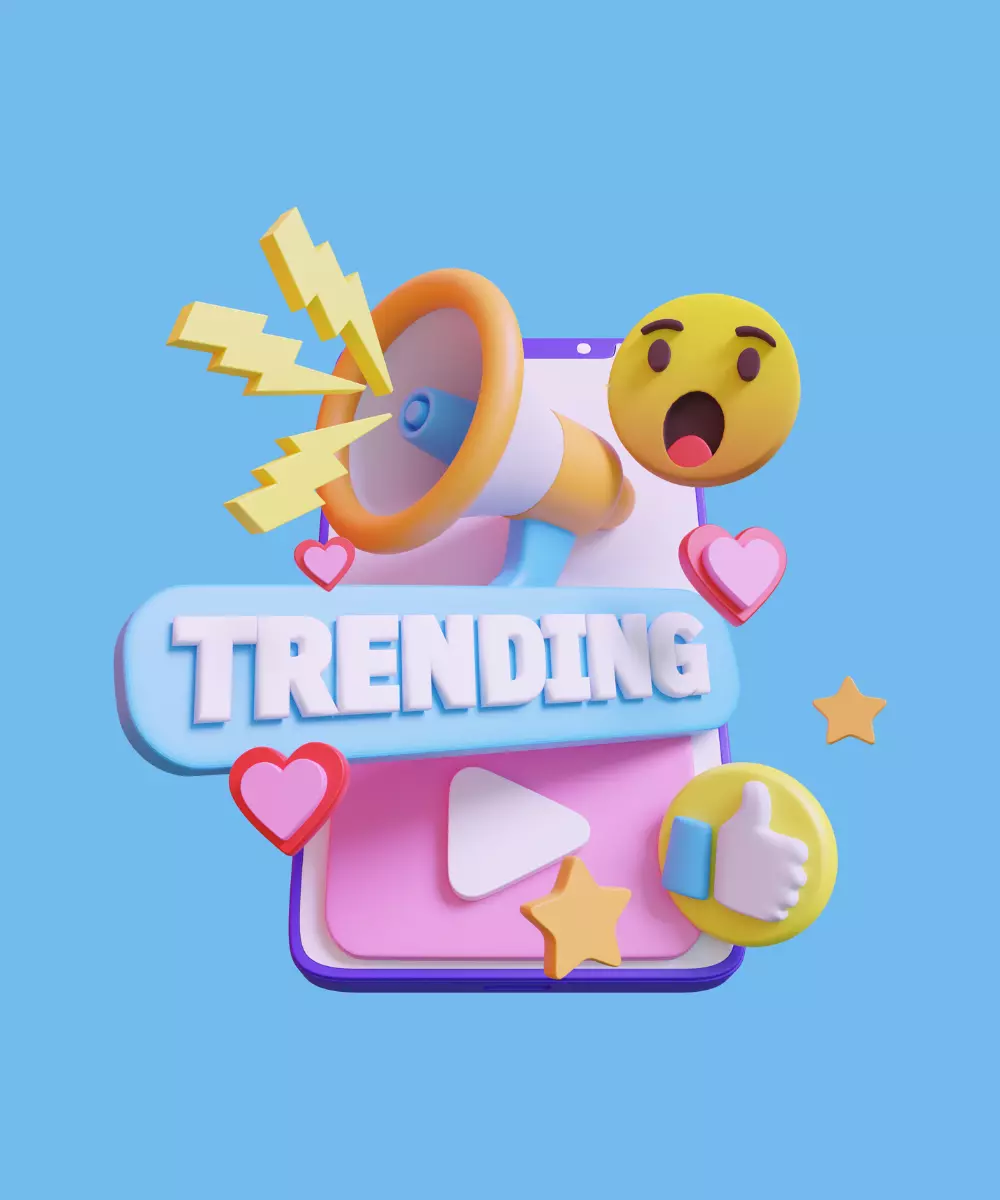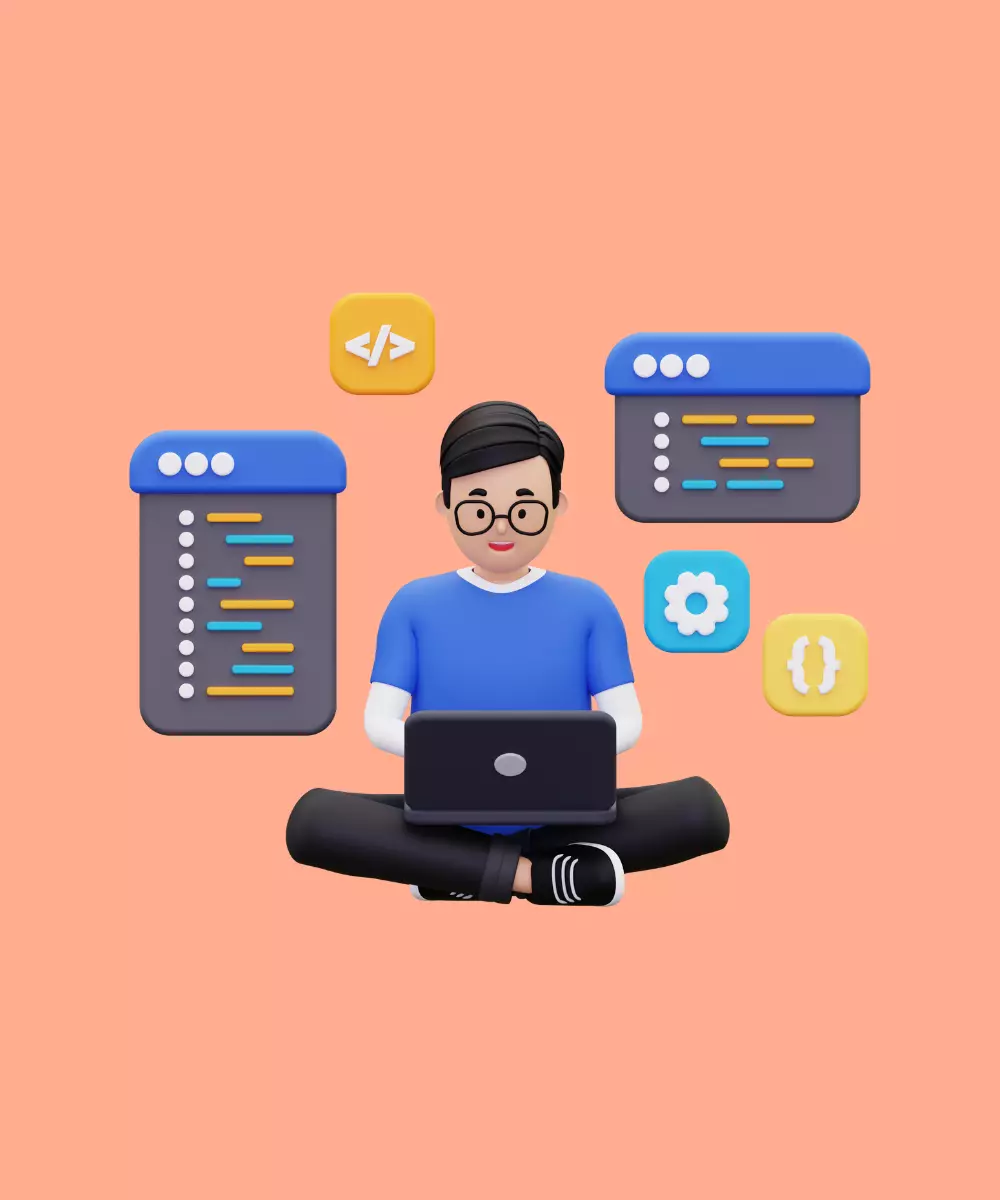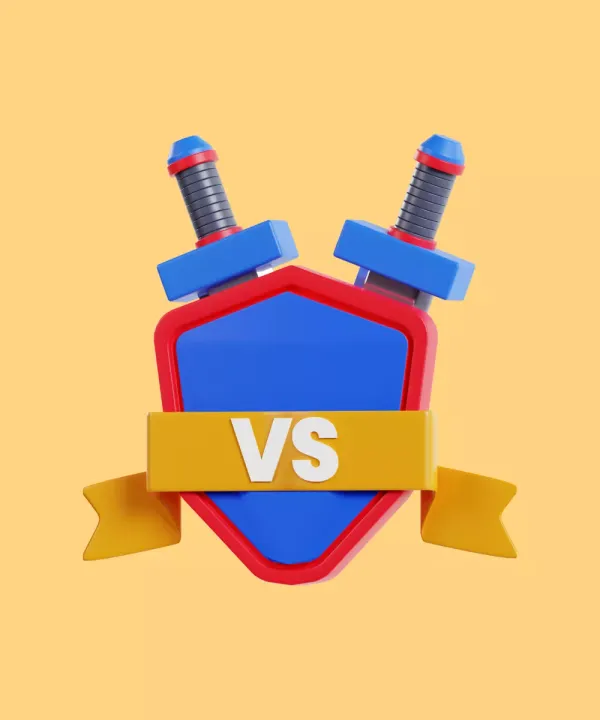The arena of mobile app development has seen a rapid evolution over the past few years, with cross-platform app development becoming an attractive alternative to native solutions. Utilizing cross-platform frameworks for mobile app development proves to be the ideal approach for a wide range of business sectors, encompassing e-commerce, fintech, entertainment apps, and beyond. It serves as an effective method to craft a mobile application from its inception while diminishing the development budget, without any compromise on quality.
In this article, we will further dissect the virtues of cross-platform development, focusing on its pros, cons, and some vital insights.
Approaches to Mobile App Development: Cross-platform and Beyond
Before deciding on a technology, it's essential to establish the objectives of the project. The chosen direction will influence the product's trajectory and its future evolution. There are four primary routes to consider when devising a mobile solution: app builders, native, cross-platform, and Progressive Web Apps (PWA).
Ready-made solutions
One possibility is to use an app constructor, builder, or a ready-to-use solution. This route is ideal for testing startup ideas or product hypotheses with Minimum Viable Products (MVPs). However, be aware that customization may prove challenging when compared to native solutions or the use of frameworks discussed later. The main benefit of this approach is a reduced cost and faster deployment compared to any form of bespoke application development.
If your initial hypothesis has been successfully verified, or the standard toolkit of the ready-made solutions falls short, then it's worth considering the following three options.
Native technologies
Native technologies entail developing apps specific to each operating system (OS), such as Android or iOS. Each OS has its own guidelines, development environment, design requirements, and tools.
These technologies are ideal for crafting high-level native apps with impeccable performance and speed. They are the top choice when regular application updates, sophisticated features, and utmost reliability and security are needed. This superiority partly stems from the fact that native applications are built using official frameworks, designed exclusively for a specific OS.
Progressive web applications (PWA)
PWA is a technology that metamorphoses a website into a visually and functionally akin mobile application. With its website core, a PWA can either be accessed through a browser or installed on a smartphone, exhibiting the functionalities of a mobile app.
Technically, PWAs consist of two main components. The Service Worker, which serves as an intermediary layer between the app and the external servers, is responsible for fast loading, offline access, push notifications, and more. The App Manifest, on the other hand, is a JSON file associated with the application's HTML page that dictates the appearance and behavior of the PWA.
The popularity of PWAs is on the rise, as they provide a cost-effective solution for businesses that are not inclined to heavily invest in a mobile application. However, it's important to consider that there may be some restrictions related to the operating system.
Cross-platform applications
This strategy involves utilizing a single code base to serve multiple operating systems, supplemented by pre-existing libraries and components. It emerges as a robust alternative to native app development, outshining it in certain aspects. It can deliver impressive performance without compromising quality, while also providing a high degree of flexibility and customization.
Cross-platform app development is an excellent fit for projects that require top-tier quality (strong performance, well-designed user interface, etc.) at a reasonable cost. Moreover, it simplifies team management and communication, making synchronization easier since there is no need to juggle between different teams for different operating systems.
Here's a simple comparison table to demonstrate the typical team composition for Flutter and native development. However, actual team sizes can vary depending on the complexity and scale of the project.
| Role | Typical Flutter Team | Typical Native Development Team |
|---|---|---|
| Project Manager | 1 | 1 |
| UX/UI Designer | 1 | 1 |
| Flutter Developer | 1-2 | N/A |
| Android Developer | N/A | 1-2 |
| iOS Developer | N/A | 1-2 |
| QA Engineer | 1 | 1 |
| DevOps | 1 | 1 |
Pros and Cons of Cross Platform App Development
As we see, the cross-platform development has revolutionized the way businesses approach app development. Instead of having to develop separate apps for Android and iOS, developers can now create one app that runs on both platforms. This approach has grown in popularity due to its cost-effectiveness, reduced development time, and wider audience reach compared to native app development.
Next, we’ll give you some insights about pros and cons of the cross platform development tools. Here are some pros and cons of cross-platform app development:
Pros:
- Cost Efficiency: It's more cost-effective because developers can use a single codebase to create apps for different platforms, eliminating the need to hire separate teams for each platform.
- Code Reusability: Cross-platform development allows for code reusability, which reduces the development time and effort. Developers can write the code once and deploy it on multiple platforms.
- Faster Development Time: Given the reusability of the code, the development time is less as compared to native apps, which require different codes for different platforms.
- Uniformity: Since one codebase is used, it is easier to maintain consistency in design and overall user experience across all platforms.
- Simpler Maintenance and Updates: It's easier and faster to maintain and update your app. Any changes you make can be synchronized across all platforms, which makes the process smoother.
Cons:
- Performance: Cross-platform apps may not run as smoothly or as quickly as native apps. They can be slower and less efficient, as they need to work through an extra abstraction layer to interact with the hardware.
- Limited Access to Native APIs: Although many frameworks offer access to a good amount of native APIs, they might not cover all. This could prevent your app from leveraging some platform-specific features, leading to a less optimized experience for users.
- Look and Feel: Even though the frameworks are improving in mimicking the native components, the look and feel may still not match 100% with the native apps. It can be challenging to precisely match the user interface and user experience of native apps.
- Dependency on Third-party Tools: Cross-platform development relies heavily on third-party tools and frameworks. If these tools are not updated frequently or fail to catch up with the updates of the operating systems, it could lead to compatibility issues.
- Complex Graphics: For applications with intensive graphics like 3D or complex animations, cross-platform solutions may not be the best choice. Native development could provide a better output in such scenarios.
Ultimately, whether to go with cross-platform or native development depends on several factors including the project requirements, budget, timeline, expected user experience, and the expertise of the development team.
Flutter: A Winning Choice
Some of the popular cross-platform frameworks are React Native, Flutter, Xamarin, and Ionic. The choice will depend on the type of the future app, the features you plan to add, the devices you need to cover, and other factors.

If we consider our company's work, Flutter has consistently demonstrated superior performance, enabling us to develop visually appealing, high-performing apps with a native feel. Its stateful hot reload feature facilitates rapid development, and the rich, customizable widget sets make for expressive UI.
Here's a basic comparison table that illustrates some of the key differences between Native, Constructor (App Builder), and Flutter technologies:
| Aspect | Native | Constructor (App Builder) | Flutter |
|---|---|---|---|
| Code Base | Different code for each platform | Single code base (typically drag-and-drop) | Single code base |
| Development Time | Longer, as separate code for each platform is needed | Shortest, as it requires no coding | Shorter, due to code reusability |
| Customization | High, due to direct accessto OS features | Low, limited to the options provided by the platform | High, with extensive UI capabilities |
| Performance | High, optimal use of device resources | Varies, could be lower due to lack of optimization | High, near-native performance |
| Access to Native Features | Full access | Limited, based on the app builder's features | High, but depends on plugin support |
| Cost | Higher, due to separate development for each platform | Lower, due to DIY nature | Lower, due to shared code base |
| Skill Set Required | Deep knowledge of specific language for each platform (Java/Kotlin for Android, Swift/Objective-C for iOS | Basic, no coding skills required | Moderate, knowledge of Dart language |
This table provides a simplified comparison. Actual differences can be more complex and depend on many factors such as the scale and complexity of the project, the specific requirements of the application, etc.

Flutter in Action
Insights from Flutter
Flutter’s ascendancy in cross-platform mobile development is no accident. Its unique features are the result of thoughtful engineering aimed at addressing the challenges that app developers often face. With our rich experience in cross-platform mobile app development, we will now delve deeper into why you might consider Flutter for your next project.
High-performance apps
In Flutter, the Dart code is compiled directly into native machine code, leading to high-performance apps. This aspect of Flutter stands out compared to other cross-platform frameworks that use JavaScript, which needs a bridge to interact with native components and hence, can lead to performance issues.
Rapid development
One of Flutter's standout features is hot reload. It allows developers to see changes made in the code in real-time, without losing the current application state. This leads to faster iterations, quicker bug fixes, and overall, a much shorter development time.
Expressive UI
Flutter's comprehensive catalog of widgets and extensive customization options enable you to create an expressive UI that can provide a native-like feel on both Android and iOS platforms.
Robust community and support

Although relatively new, Flutter has a growing and dedicated community. Alongside, being backed by Google means that Flutter benefits from robust support, regular updates, and extensive documentation.
Success stories
While it's essential to understand the theoretical aspects of Flutter, real-world applications of this technology reinforce its benefits. Numerous well-known brands have employed Flutter to build their apps, including Alibaba, Google Ads, and Reflectly.

The Bottom Line: Why Choose Our Flutter Mobile App Development Services?
Whether you're a startup looking to build your first app or an established enterprise aiming for a digital makeover, our Flutter mobile app development services can be the catalyst for your success.

Our expert team of Flutter developers combines their skills with the powerful capabilities of this framework to craft mobile applications that are aesthetically pleasing, functionally robust, and capable of offering a seamless user experience across different platforms.
More importantly, our commitment to excellence means we're always ready to go the extra mile to deliver solutions tailored to your unique business needs and market demands.
Conclusion
As the mobile app market continues to grow, the choice of development framework becomes crucial. While there are numerous options available, Flutter has proven to be a powerful contender in the realm of cross-platform development, given its array of features like high performance, rapid development, and expressive UI.
However, like any technology, Flutter is not without its downsides, such as larger app size and a limited library. It is essential to thoroughly analyze your project's requirements before deciding on the right framework.
If you're considering a cross-platform solution for your next mobile app project, get in touch with us today. We look forward to helping you create a mobile app that stands out in this competitive market, delivering a seamless experience to your customers across platforms.














